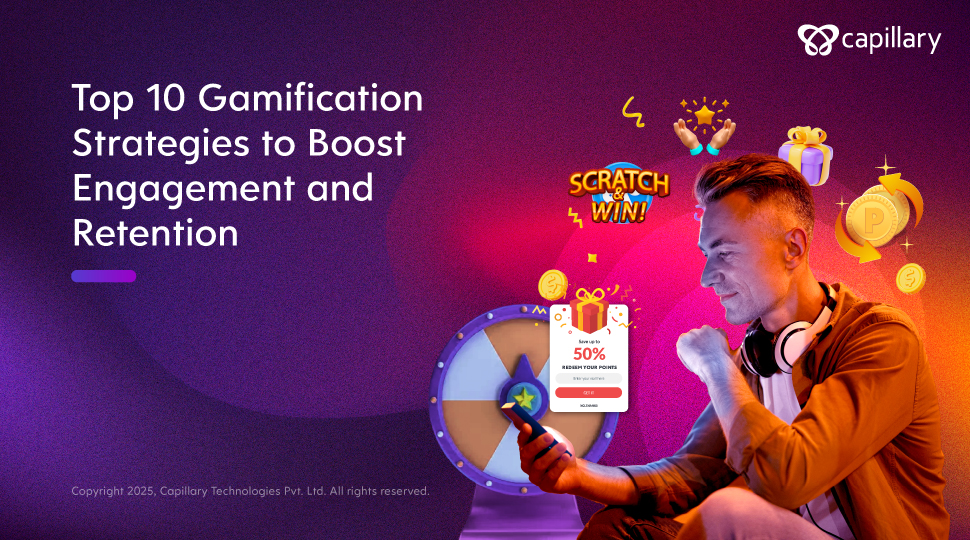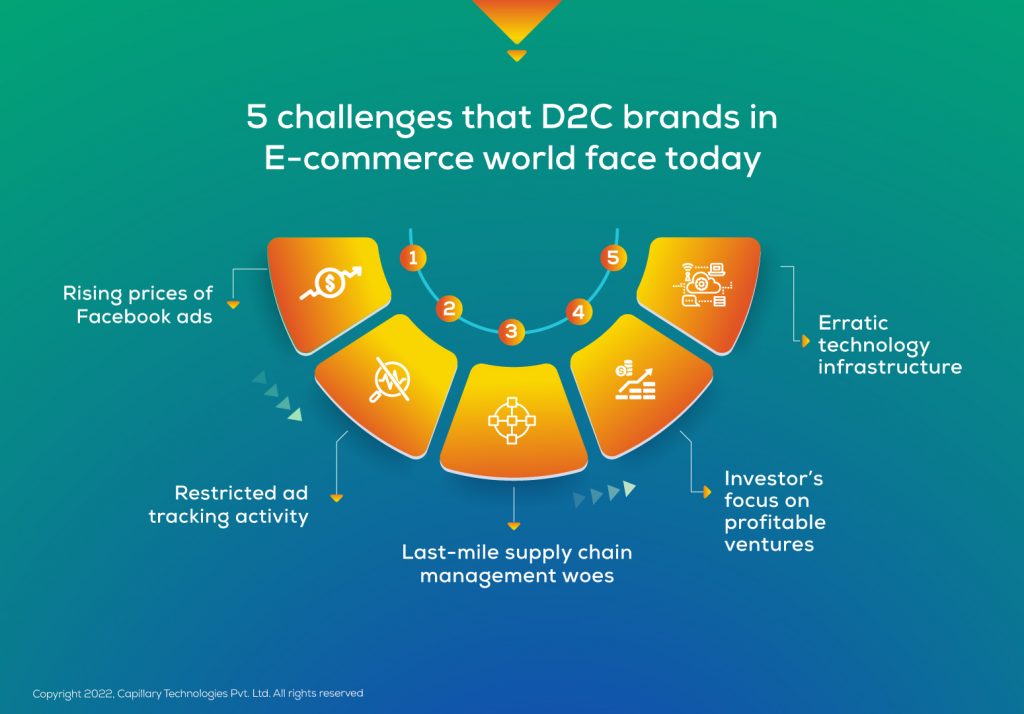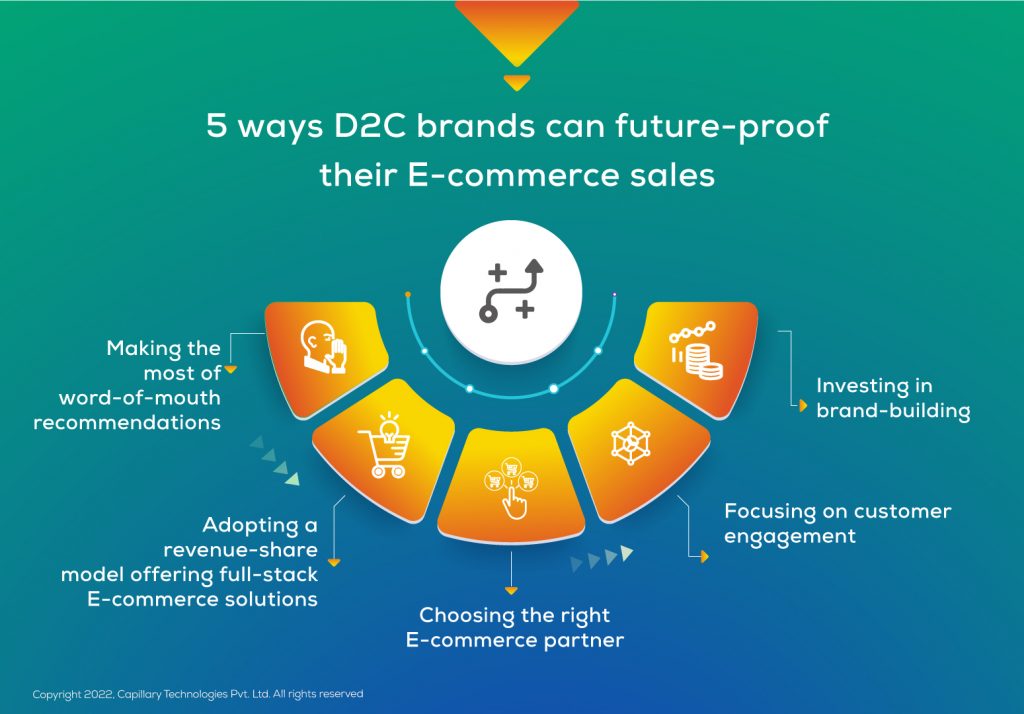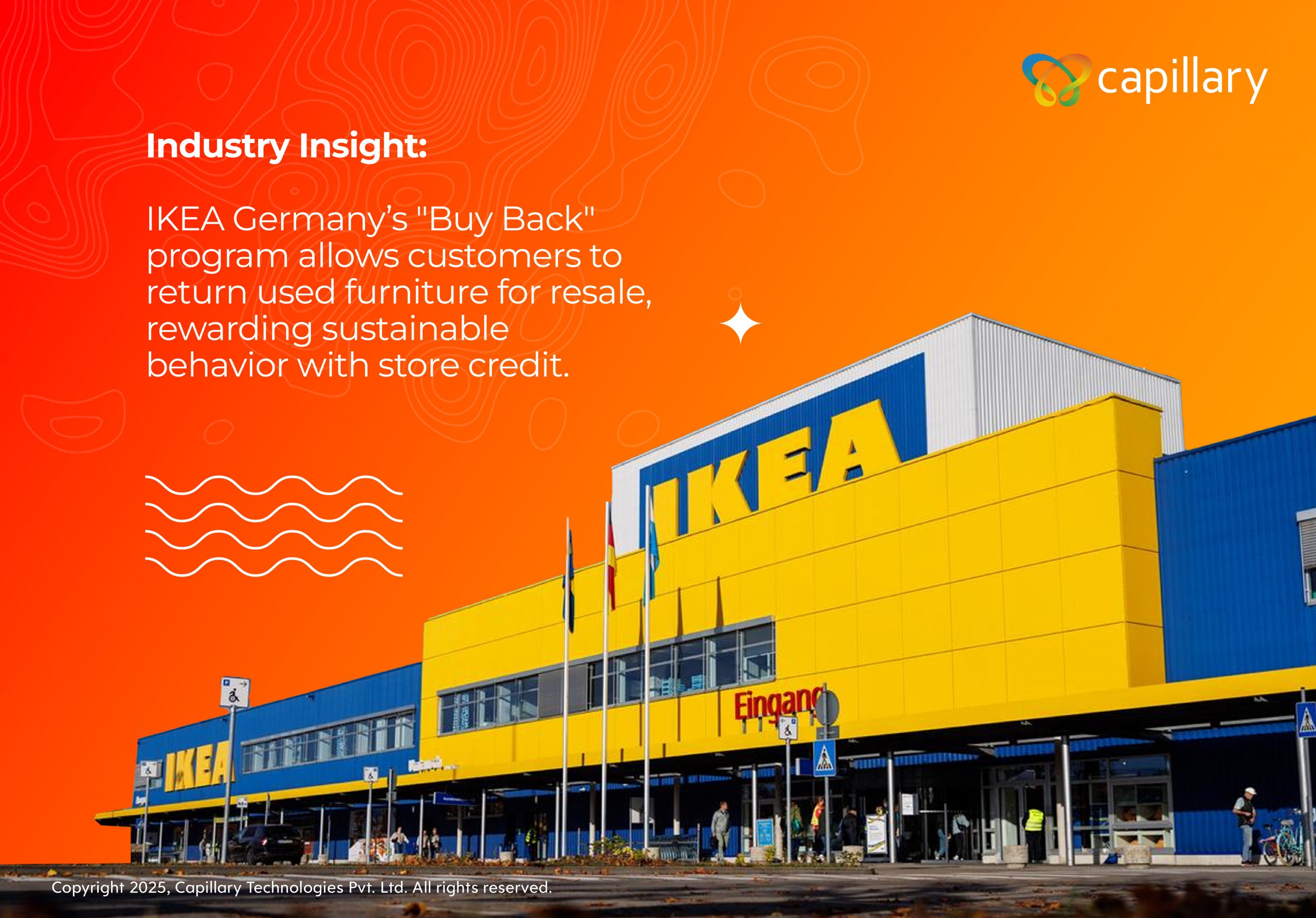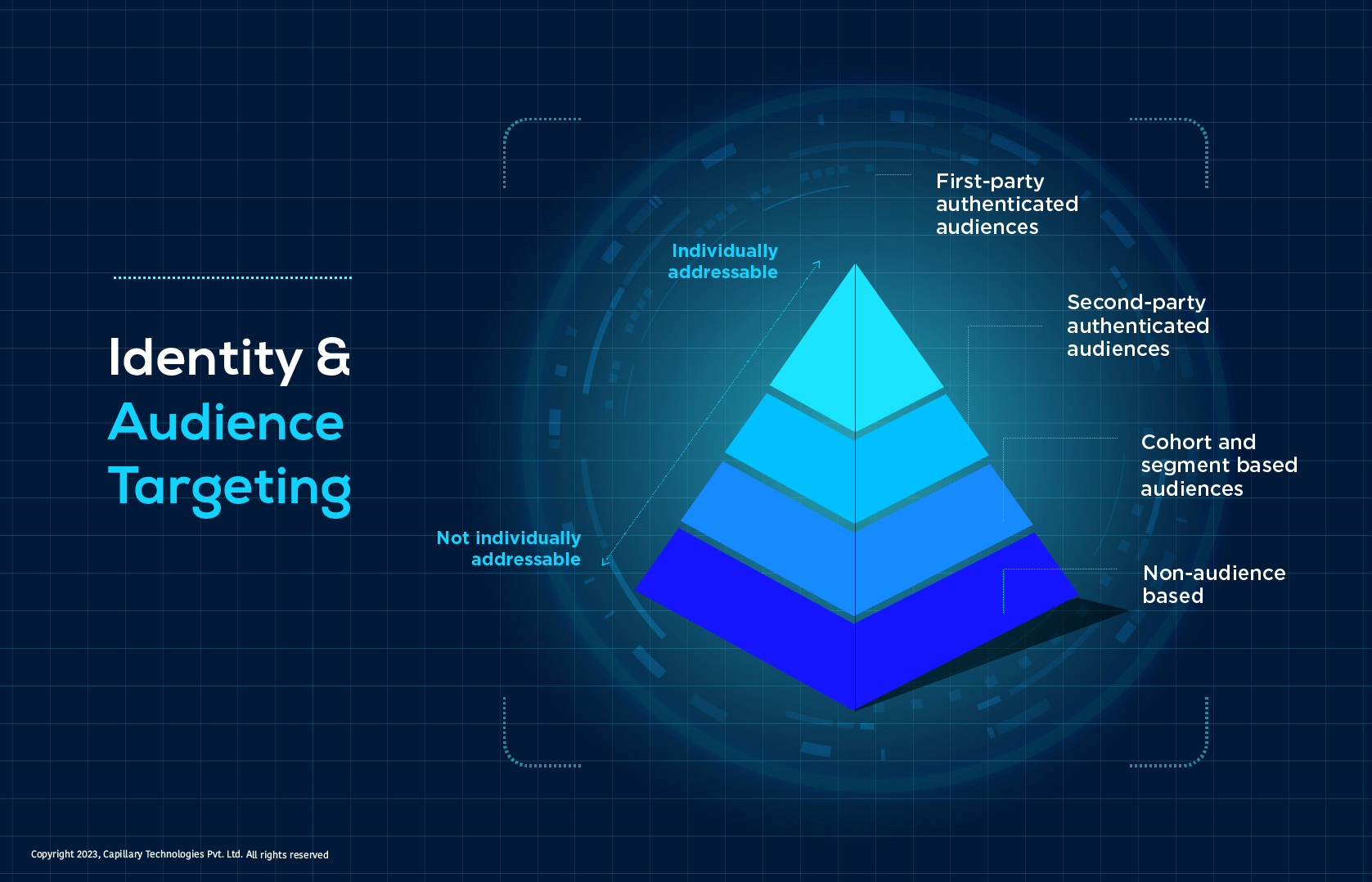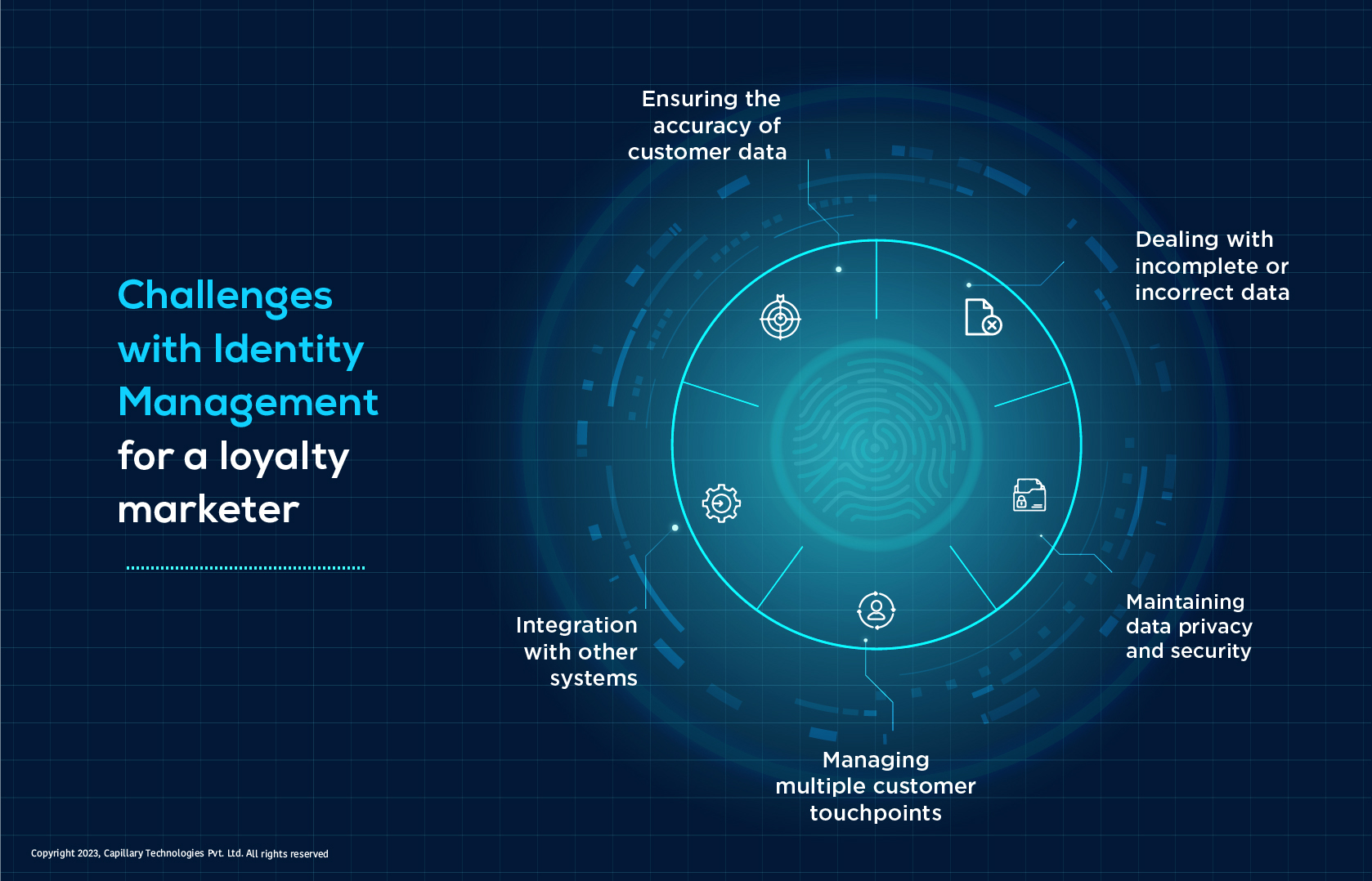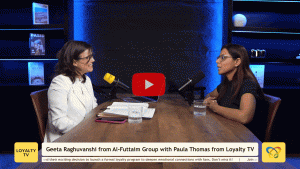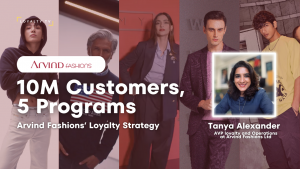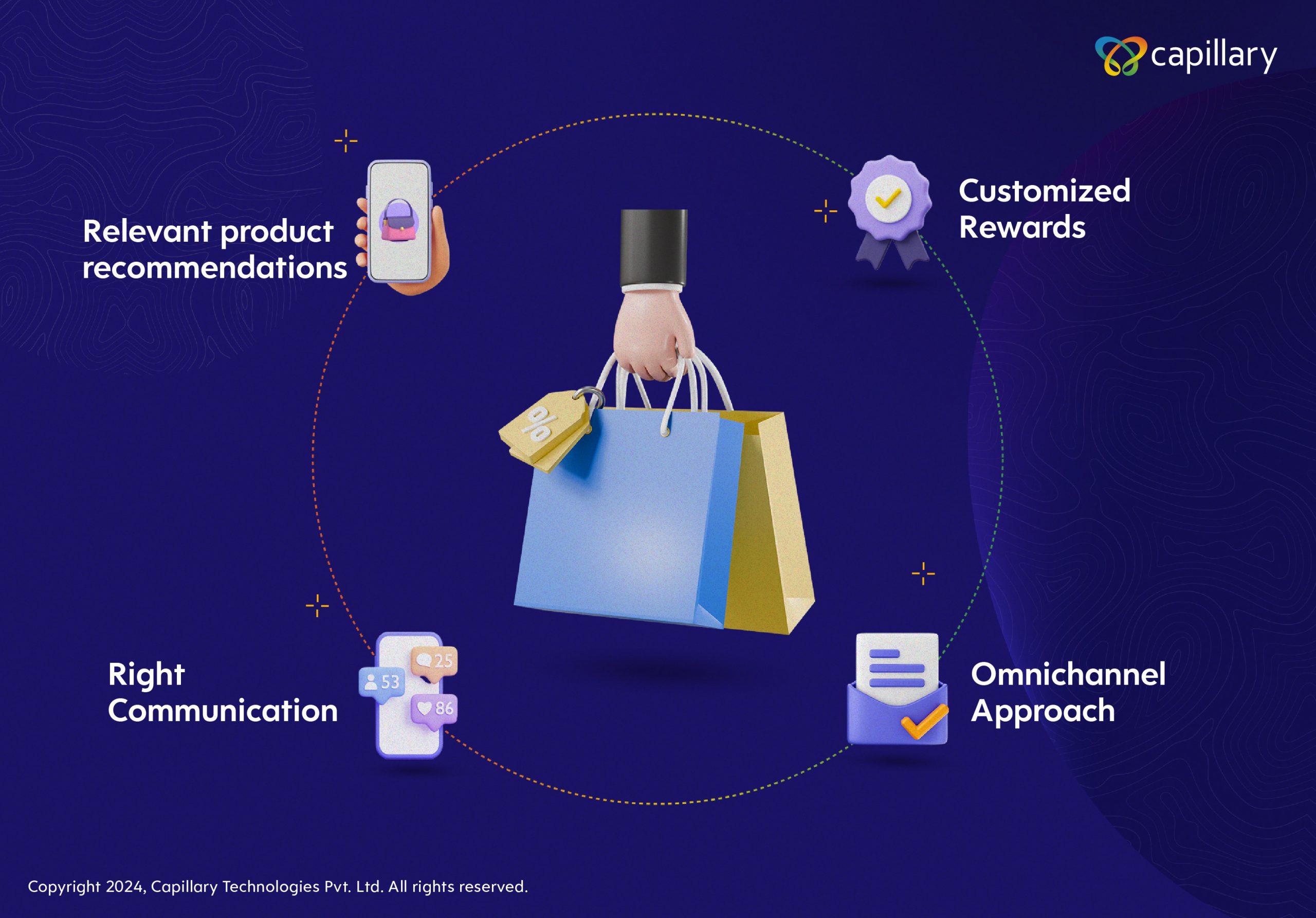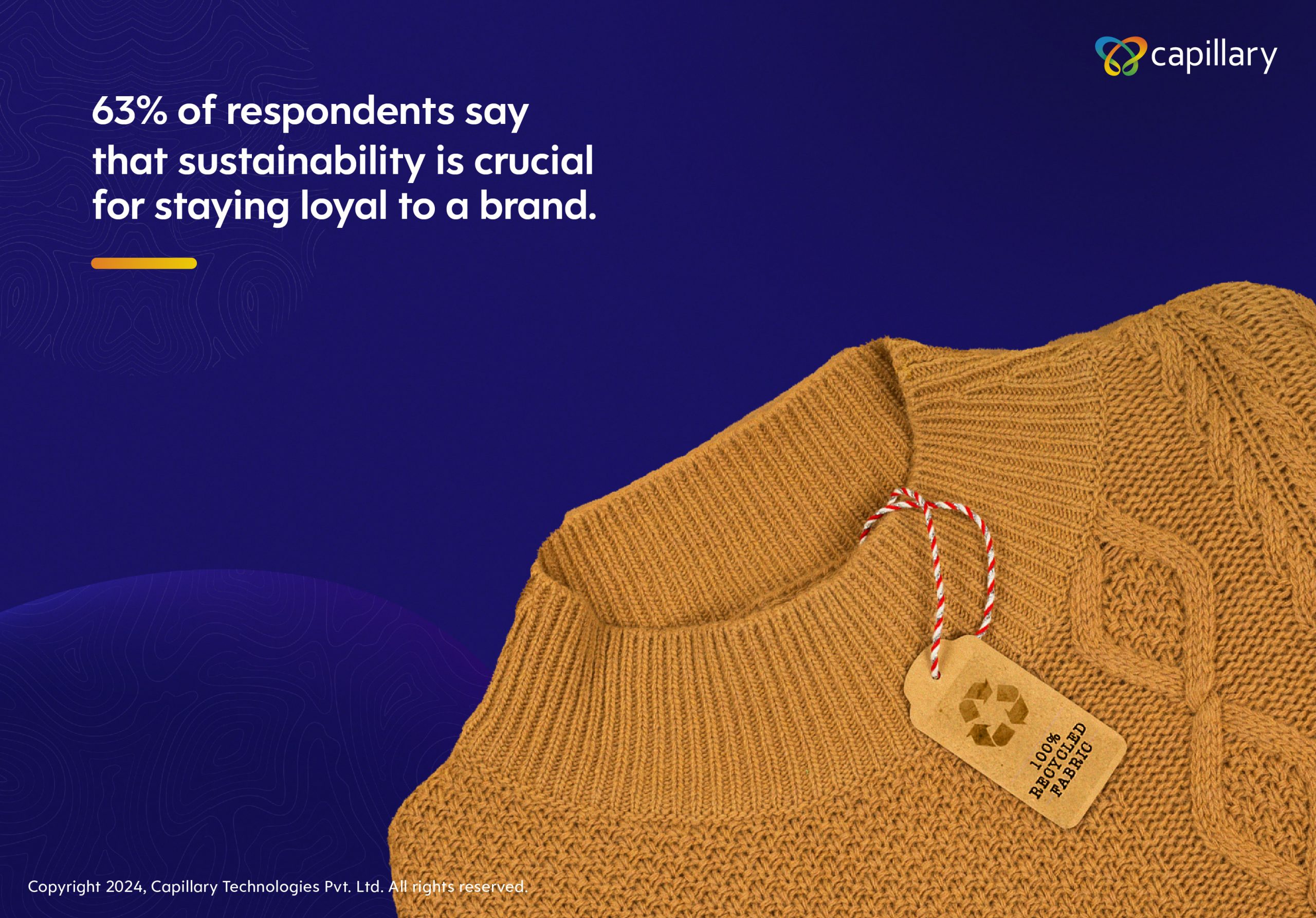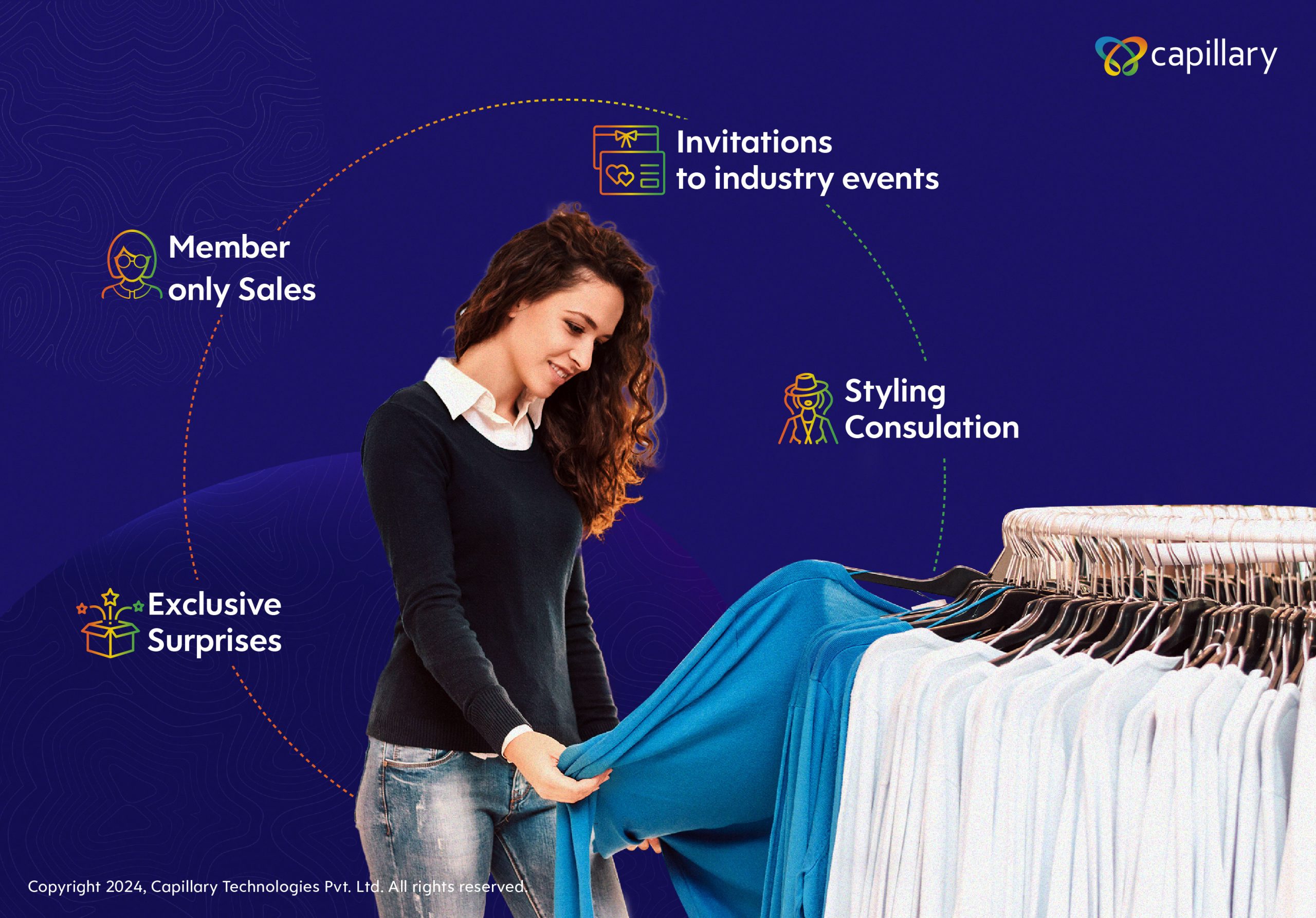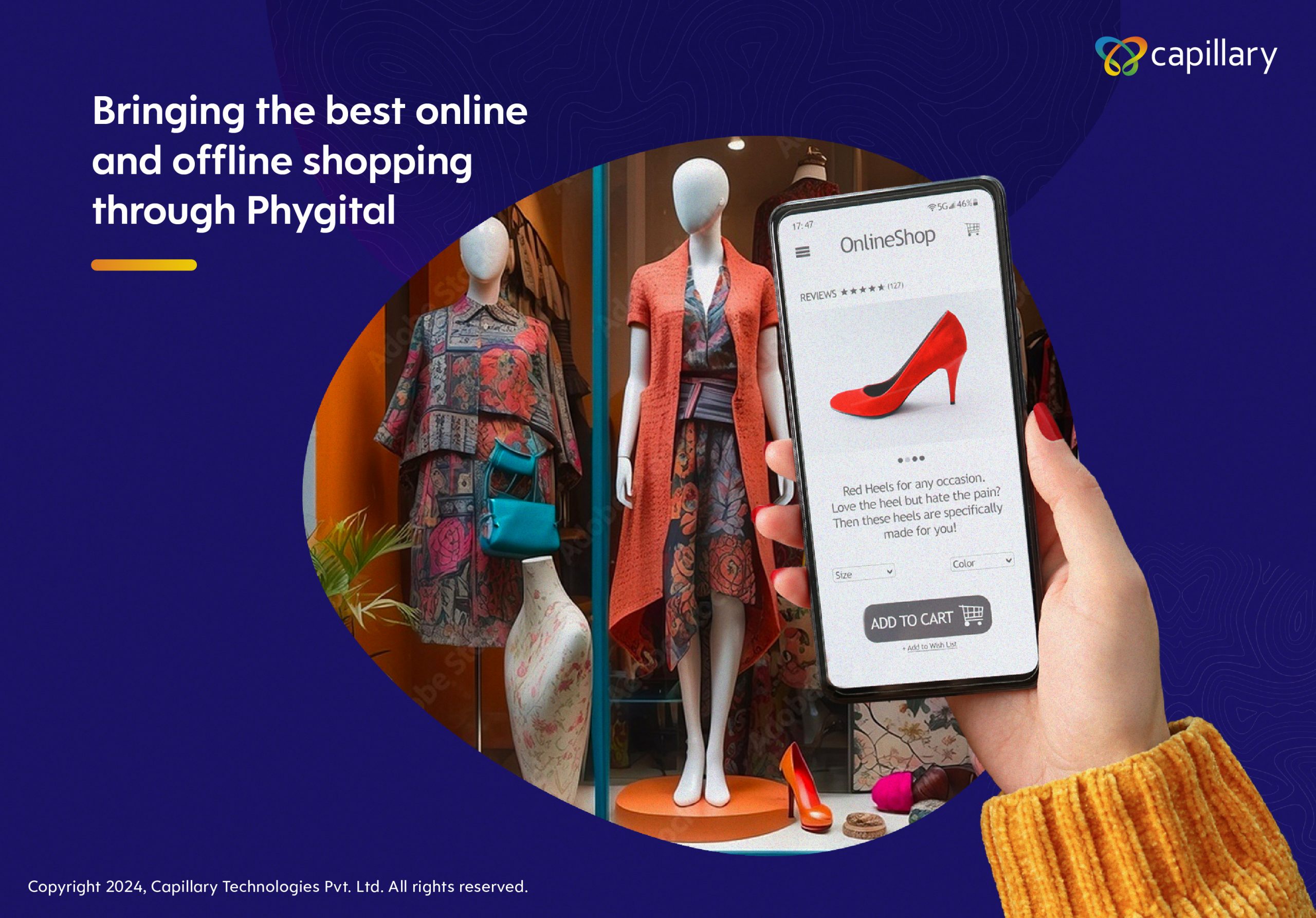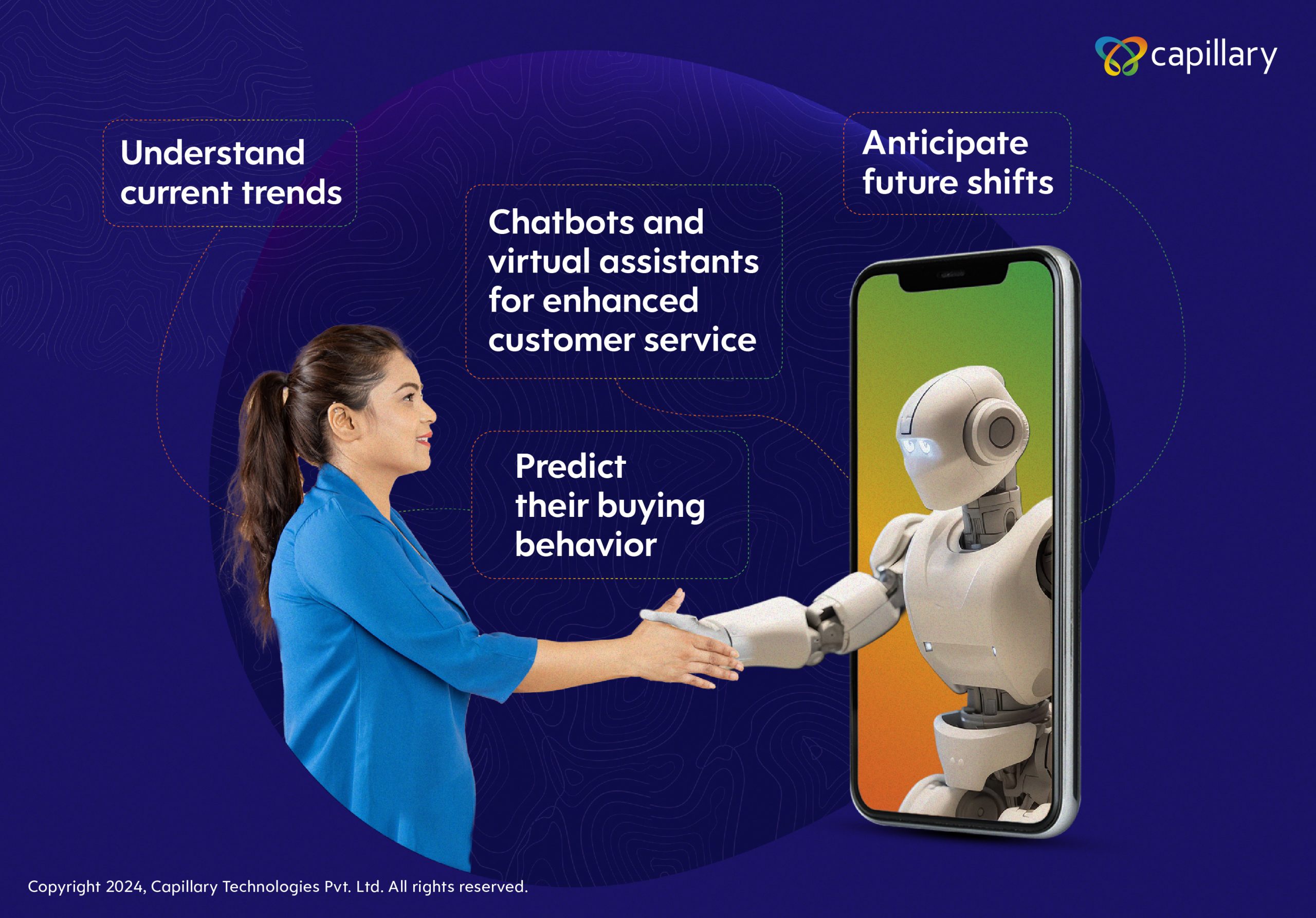Gamification is everywhere in 2025! From shopping websites, fitness apps, online courses, mobile payment services, to even employee training. Brands are aggressively utilizing gamification strategies like points, challenges, and leaderboards to create engaging customer experiences.
At its core, gamification is the “use of game mechanics to digitally engage with people.” When applied strategically, it enhances brand perception, encourages repeat interactions, and fosters deeper emotional connections. Research shows that businesses with gamified loyalty programs see a 100% to 150% increase in user engagement and a 22% boost in customer retention when compared to traditional marketing approaches.
This blog explores ten powerful gamification strategies that elevate brand loyalty programs. Each strategy is broken down to explain what it is, why it works from a psychological and marketing perspective, and where it has been successfully implemented. Backed by insights from Actionable Gamification by Yu-Kai Chou and real-world examples from NASCAR, Shell, Tata Neu, and other leading brands, this guide provides a deep dive into how gamification drives customer engagement and loyalty.
1. Points & Rewards System
What:
Points and rewards systems are one of the most widely used gamification strategies in loyalty programs. Customers earn points for completing specific actions, such as making a purchase, referring friends, or engaging with a brand’s content. These points can then be redeemed for discounts, exclusive perks, or tangible rewards, reinforcing continued interaction with the brand.
Why:
This strategy is based on operant conditioning, where behaviors are reinforced through rewards. The dopamine boost from earning points keeps customers engaged, while the endowed progress effect makes them more likely to continue if they feel they have already made progress. Additionally, accumulating points fosters a sense of ownership, making customers more emotionally invested in the brand.
Where:
Tata Neu’s NeuCoins program is a prime example of a points-based loyalty system in action. Customers earn NeuCoins for every transaction done on the Tata Neu platform. These coins can then be redeemed across multiple Tata brands, creating an interconnected ecosystem. This not only drives repeat purchases but also increases cross-brand engagement, making customers feel like they are maximizing their benefits within a single loyalty network.
2. Tiered Loyalty Programs
What:
Tiered loyalty programs segment customers into different levels based on their engagement or spending. Higher tiers unlock better rewards, such as amazing discounts, VIP access, premium services, or even exclusive experiential rewards. Customers are encouraged to aim for higher tiers by increasing their interactions with the brand.
Why:
This system prevails on the commitment and consistency principle, where people are more likely to continue a behavior once they have invested in it. The goal-gradient effect also plays a role, as customers actively engage or spend more as they get closer to reaching the next tier. Additionally, exclusivity triggers status-driven motivation, making higher tiers more desirable and reinforcing brand loyalty.
Where:
Shell’s V-Power Rewards Program runs a tiered rewards system where customers progress through tiers (Bronze, Silver, Gold, and Platinum) by purchasing Shell V-Power fuel. This structure incentivizes customers to choose Shell V-Power consistently to access higher-tier rewards, encouraging repeat visits and increased spending.
3. Challenges & Missions
What:
Challenges and missions require customers to complete specific tasks to earn rewards. These tasks can range from making repeat purchases, engaging with content, referring friends and more. These structured activities turn routine interactions into engaging experiences, motivating customers to participate more actively.
Why:
Intrinsic motivation is a powerful tool, where people are naturally driven to complete tasks when they feel a sense of purpose or achievement. People also tend to remember unfinished tasks and feel compelled to complete them, this is known as the Zeigarnik effect. Additionally, challenges create a sense of progression and mastery, reinforcing long-term engagement.
Where:
NASCAR’s Fan Rewards Program incorporates challenges that encourage fans to engage beyond race-day events. Fans earn points by participating in fantasy games, engaging on social media, purchasing merchandise, and visiting the NASCAR Hall of Fame. These missions keep fans actively involved year-round, strengthening their connection with the NASCAR brand.
4. Leaderboards & Competitive Rankings
What:
Leaderboards introduce competition into customer loyalty programs by ranking users based on their engagement, purchases, and/or interactions. Customers can see where they stand compared to others, driving a sense of accomplishment and motivation to improve their ranking.
Why:
Leaderboards tap into social comparison theory, where people evaluate their performance relative to others. This desire to compete enhances engagement as customers strive to climb higher. The goal-gradient effect, that was previously mentioned in tiered programs, also has an effect here as people increase their efforts when they feel close to overtaking a competitor. Similarly, there is also status-driven motivation as public recognition on leaderboards makes users feel valued and incentivized to participate, even if this recognition is illusory.
Where:
Candy Crush’s Weekly Leaderboards keep players engaged by ranking them against friends and global competitors. The desire to outperform others leads to repeated play sessions and an increased inclination for in-store microtransactions. Similarly, brands can implement leaderboards in loyalty programs, ranking customers based on purchases, referrals, or engagement to foster heightened and lasting participation.
5. Achievements & Badges
What:
Achievements and badges act as digital trophies, rewarding customers for completing milestones like making a certain number of purchases, leaving reviews, finishing missions, or reaching loyalty tiers. They provide visible proof of progress and encourage further engagement.
Why:
This gamification strategy leverages intrinsic motivation as people love collecting achievements and displaying their progress. The endowed progress effect helps as well as customers who see progress toward a goal, for example earning a badge for 5 purchases, are more likely to continue towards that goal. Badges also trigger social status psychology, as users feel a sense of prestige when they unlock exclusive achievements. The more exclusive the badge, the greater the sense of accomplishment.
Where:
Duolingo’s Badge System rewards users for completing a certain number of tasks, these tasks can be from daily practices, completing lessons at a specific time, to participating in limited-time events. This reinforces the user’s motivation and encourages consistent interaction with the app. Taking inspiration from this, loyalty programs can offer a variety of badges for milestones like “10 Purchases Completed” or “VIP Member” to keep customers engaged long-term.
6. Time-Limited Events & Flash Rewards
What:
Time-sensitive challenges and flash rewards create a sense of urgency, pushing customers to take immediate action. Brands often use this through limited-time bonus points, special promotions, or seasonal challenges.
Why:
FOMO, the Fear of Missing Out, makes customers more likely to engage rather than miss out on a limited opportunity. The scarcity principle also applies here, as the rarer the availability of the reward the more desirable it is. Furthermore, temporal motivation theory suggests that people prioritize tasks with short-term deadlines, making time-limited events highly effective.
Where:
Starbucks Bonus Star Events encourage customers to make purchases within a short timeframe to earn extra loyalty points. This increases the frequency of visits as well as the inclination to splurge during the event period.
7. Personalized Gamification
What:
Personalized gamification tailors rewards, experiences, and challenges to an individual customer’s preferences, ensuring a unique and engaging journey for each person.
Why:
This method is rooted in the self-determination theory, which emphasizes autonomy, competence, and relatedness as key motivators. Meaning, customers want to feel seen, valued, and connected through loyalty programs that cater to their habits and preferences. Once again, the Zeigarnik effect plays a role as people are more likely to complete tasks when they feel personally invested in the outcome.
Where:
Amazon’s personalized recommendations & rewards analyze purchase history in order to offer relevant discounts and exclusive deals. Thus, ensuring customers feel that the program aligns with their interests. With Capillary Rewards+, brands can deliver personalized experiences and incentives that deepen customer relationships.
8. Social Engagement & Community
What:
Integrating social elements into customer loyalty programs such as group challenges, referrals, and user-generated content creates a sense of belonging and community. This creates a strong sense of shared motivation amongst customers.
Why:
This approach flourishes on the basis of social proof, where people are more likely to engage with something if they see others doing it. Furthermore, the need to belong theory strengthens this gamification strategy as customers who feel part of a brand’s community are more emotionally invested. Reciprocity psychology also suggests that when customers engage socially, they expect future benefits, increasing long-term customer loyalty.
Where:
Nike Run Club’s competitive and supportive community combines fitness tracking with social motivation. Users can challenge friends, share progress, and celebrate milestones together. This greatly increases the long-term engagement and retention of Nike Run Club’s members.
9. Surprises & Mystery Rewards
What:
Surprise rewards introduce an element of unpredictability, keeping customers excited about interacting with the brand. These can be random bonus points, mystery gifts, or unexpected perks.
Why:
The variable reward system, used in casino psychology, makes surprise rewards more engaging than fixed rewards. Dopamine levels spike when people anticipate an unknown outcome, keeping them hooked. Additionally, our desire for novelty encourages repeat interactions, as we enjoy discovering new surprises.
Where:
McDonald’s Monopoly Campaign gives customers a chance to win various mystery prizes with each purchase. The anticipation and uncertainty makes customers come back and continue engaging with the brand.
10. Streaks & Consistency Rewards
What:
Streak-based rewards encourage habitual engagement by rewarding customers for consecutive interactions. Whether it’s daily check-ins, repeat purchases, or ongoing engagement, streaks create routine-driven loyalty.
Why:
This gamification mechanic taps into loss aversion, where people fear losing progress more than they value gaining rewards. Commitment bias helps as once users establish a streak, they feel compelled to maintain it. The Zeigarnik effect further strengthens this feeling as people dislike unfinished tasks, motivating them to continue participation.
Where:
Snapchat’s streaks mechanism keeps users engaged by rewarding them for continuous interactions. Moreover, users get bonuses for achieving streak milestones, compelling them to commit to engaging with Snapchat on a day-to-day basis. Other brands can use streak-based bonuses in loyalty programs to encourage consistent purchases or app usage.
Why Gamification is the Future of Brand Loyalty
The success of programs like Tata Neu’s NeuCoins, Shell’s tiered rewards, and NASCAR’s fan rewards highlights the power of gamification when executed effectively. Whether through competition, achievement, or community-driven experiences, these strategies can tap into strong psychological motivators that encourage long-term participation.
Brands that implement insightful gamification strategies will stay ahead, foster stronger emotional connections, and turn loyalty programs into engaging experiences that customers will want to actively participate in. Get in touch with Capillary to implement these proven strategies for your brand. With our expertise across 100+ brands in various verticals, we know exactly what works.
Let us help you drive results and take your brand to the next level!
